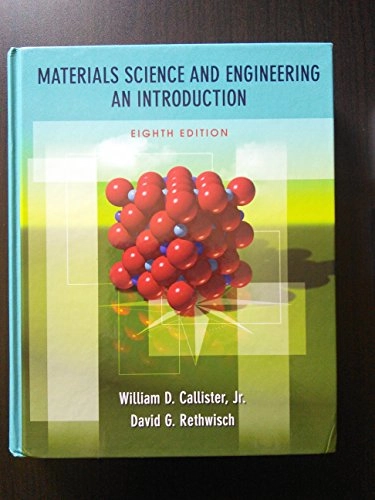

Materials Science and EngineeringUpplaga 8
- Upplaga: 8e upplagan
- Utgiven: 2010
- ISBN: 9780470419977
- Sidor: 992 st
- Förlag: John Wiley Sons Ltd
- Format: Inbunden
- Språk: Engelska
Om boken
Åtkomstkoder och digitalt tilläggsmaterial garanteras inte med begagnade böcker
Mer om Materials Science and Engineering (2010)
I januari 2010 släpptes boken Materials Science and Engineering skriven av William D. Callister, David G. Rethiwisch. Det är den 8e upplagan av kursboken. Den är skriven på engelska och består av 992 sidor. Förlaget bakom boken är John Wiley Sons Ltd.
Köp boken Materials Science and Engineering på Studentapan och spara pengar.
Referera till Materials Science and Engineering (Upplaga 8)
Harvard
Oxford
APA
Vancouver



















